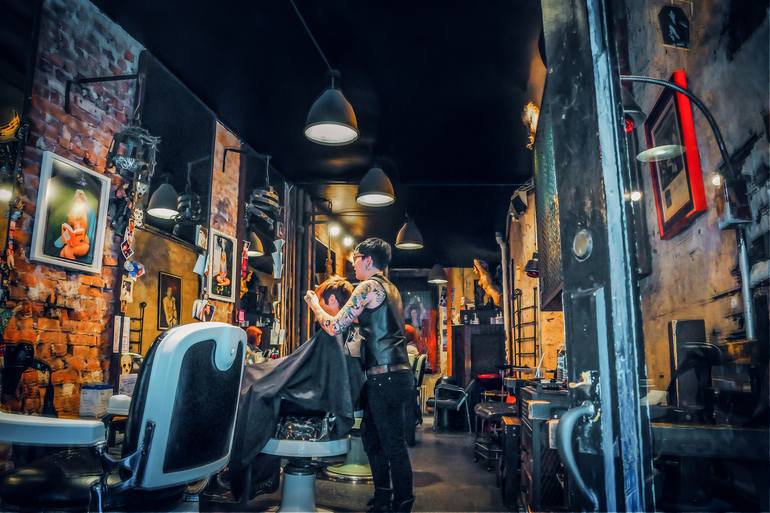Hairdressers as Artistic Curators Shaping Neighborhood Identity and Bonding in New York City
Hairdressers as Artistic Curators Shaping Neighborhood Identity and Bonding in New York City
Blog Article
Barbershops in NYC are more than just places to get a trim; they function as crucial community centers that help define neighborhood identity and nurture relationships among locals. These establishments have a long history in city settings, serving as meeting spots where people from varied backgrounds come togetherness. In many areas, barbershops are often the initial venue where individuals can engage in discussions about community issues, exchange stories, and forge relationships. This distinct role makes barbers not only skilled professionals but also community curators who contribute to the social fabric of their communities.
The atmosphere in a barbershop is often lively and welcoming, creating a space where clients feel at ease expressing themselves. Barbers are known for their skill to connect with patrons, often participating in discussions that span from sports to politics. This interaction helps to create a sense of belonging among clients, as they discuss their experiences and perspectives. In many cases, barbershops reflect the ethnic diversity of the areas they serve, displaying different haircuts, grooming methods, and even music that connect with the local population. This social exchange enhances the experience for all involved and bolsters community ties.
Barbershops also have a key role in maintaining cultural heritage. Many barbers have been educated in specific techniques that are transmitted through ages, guaranteeing that unique looks and methods are not forgotten over time. For instance, certain haircuts and grooming methods may be tied to cultural heritage, allowing individuals to express their identity through their appearance. By upholding these traditions, barbershops help to keep cultural narratives alive, providing a sense of pride and continuity for community members.
In addition to their cultural significance, barbershops often engage in community outreach and support local initiatives. Many barbers take an proactive role in tackling social issues, such as learning and health education, by organizing events or providing resources to their clients. This involvement shows a dedication to the health of the neighborhood and encourages a feeling of duty among barbers. By using their influence to promote positive change, barbershops become vital players in the community, further reinforcing their role as cultural curators.
Overall, barbershops in New York City serve as crucial places for cultural interaction, community building, and identity formation. They provide a unique environment where individuals can connect, exchange, and honor their varied backgrounds. As community curators, barbers not only shape the way people present themselves but also affect the broader community dynamics. By understanding the importance of these establishments, we can appreciate the essential role they have in building connections and maintaining cultural heritage in urban explanation settings.